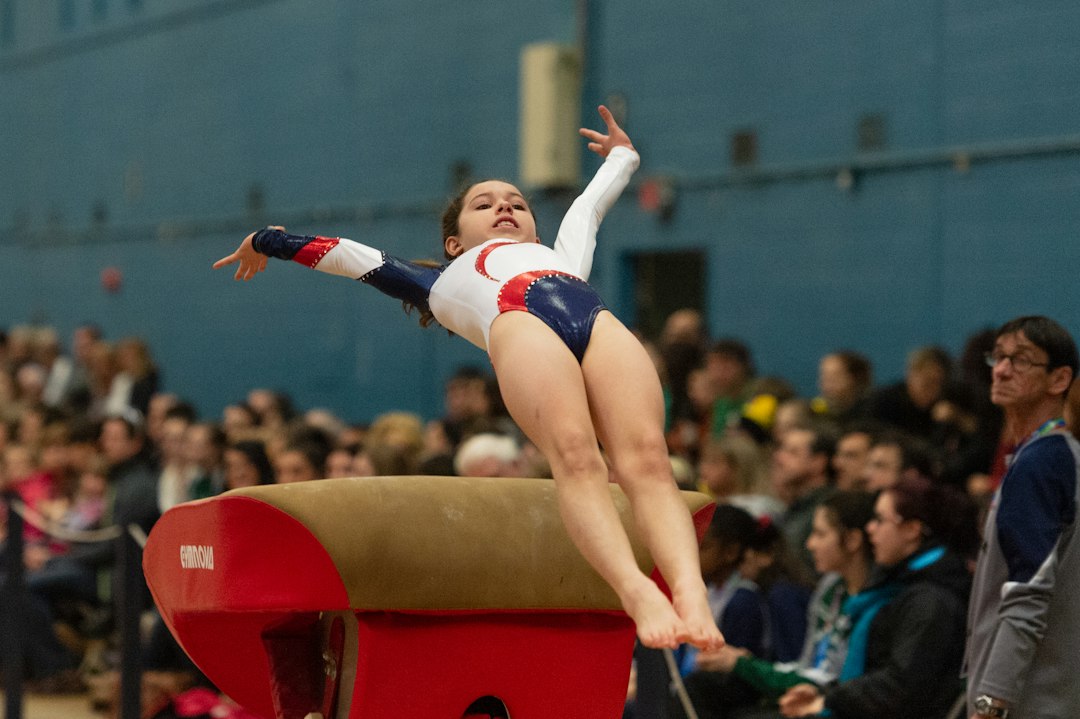Running is one of the most accessible forms of exercise that anyone can do. Whether you’re a beginner or a seasoned athlete, mastering the proper running form is crucial to prevent injuries and maximize performance. In this ultimate guide, we will explore the key components of proper running form and provide you with tips to help you reach your full potential.
1. Head and shoulders: The first step in mastering proper running form is to maintain a neutral head and relaxed shoulders. Avoid looking down at your feet or hunching your shoulders forward. Instead, keep your head up, eyes focused straight ahead, and your shoulders relaxed and back.
2. Posture and torso: Your posture plays a significant role in running efficiently. Keep your torso tall and slightly lean forward from the ankles, engaging your core muscles. This forward lean allows your body to move forward more effectively, reducing the strain on your joints and muscles.
3. Arms and hands: Your arm swing should be fluid and relaxed, with your elbows bent at approximately 90 degrees. Avoid crossing your arms across your body, as this can throw off your balance and waste valuable energy. Your hand position should be relaxed with a light grip, and your arms should swing back and forth in sync with your running rhythm.
4. Stride length and cadence: Finding the optimal stride length and cadence is crucial for efficient running. Stride length refers to the distance covered with each step, while cadence is the number of steps taken per minute. Aim for a moderate stride length, neither too short nor too long, to avoid overstriding or landing heavily on your heels. A cadence of around 180 steps per minute is considered ideal for most runners.
5. Foot strike: There are three main types of foot strikes: heel strike, midfoot strike, and forefoot strike. A perfect running form may vary depending on the individual, but it is generally recommended to aim for a midfoot or forefoot strike. Landing on your midfoot or forefoot allows for a smoother transition and absorption of impact, reducing the risk of injuries compared to a heel strike.
6. Breathing: Proper breathing technique is vital for maintaining stamina during your runs. You should aim for deep belly breathing, where you inhale deeply through your nose and exhale forcefully through your mouth. This helps to oxygenate your muscles more efficiently and prevents side stitches or cramps.
7. Core engagement: A strong core is essential for maintaining proper running form and preventing injuries. Engaging your core muscles helps stabilize your pelvis, hips, and upper body, leading to a more efficient running motion. Incorporate regular core exercises such as planks, bridges, and Russian twists into your training routine to strengthen your core muscles.
8. Gradual progression: Mastering proper running form takes time and practice. Start with shorter distances and gradually increase your mileage to allow your body to adapt. Running too much too soon can lead to overuse injuries and setbacks. Remember to incorporate rest days in your training schedule to give your body time to recover.
9. Cross-training and strength training: Incorporating cross-training and strength training into your routine can help improve your running form. Activities like cycling, swimming, or yoga can be beneficial in building overall strength and flexibility. Strength training exercises targeting your lower body, such as squats and lunges, can help reinforce the muscles involved in running, reducing the risk of injuries.
10. Listen to your body: Lastly, always listen to your body. If you experience pain or discomfort while running, don’t ignore it. Take the necessary rest and seek medical advice if needed. Pushing through pain can lead to more significant injuries and a longer recovery time.
Mastering proper running form is a continuous journey that requires attention to detail and consistency. By implementing these tips into your training routine, you can improve your form, reduce the risk of injuries, and enhance your overall running performance. Remember to enjoy the process, stay focused, and celebrate every milestone along the way. Happy running!

